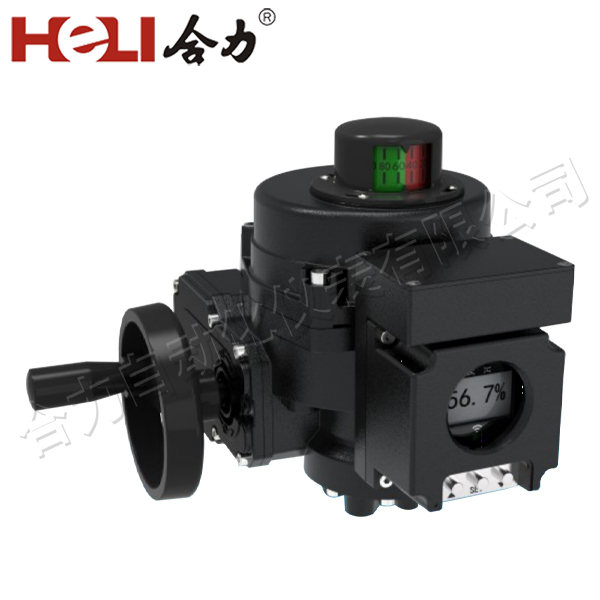Lithium battery electrical installation plays a critical role in modern energy systems, from renewable energy storage to electric vehicles (EVs) and large-scale energy grids. As the use of lithium-ion technology continues to expand, proper installation ensures safety, reliability, and efficiency. This article provides an overview of the key considerations and best practices for installing lithium battery systems.

1. Importance of Proper Lithium Battery Installation

Lithium batteries are widely favored for their energy density, long lifespan, and environmental benefits. However, improper installation can result in serious safety hazards, including fires, electrical shock, or system failure. Therefore, it is essential to understand the core components, installation steps, and safety protocols associated with lithium battery electrical systems. 2. Understanding the Components of a Lithium Battery System A lithium battery system generally consists of several key components: Battery Cells and Modules: These are the individual cells that store and discharge energy. They can be configured in series or parallel to achieve the required voltage and capacity.
